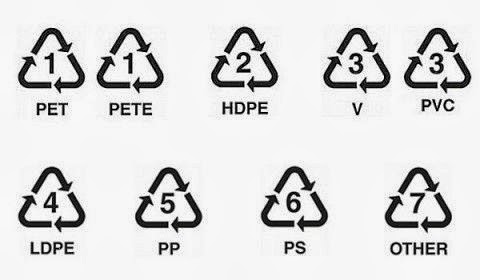Recommended articles: Financial Markets and Economic History
1. Stable coins don't inflate crypto markets. Does stable coin issuance have an inflationary effect on cryptocurrency prices such as Bitcoin? This column argues that aggregate stable coin issuance does not drive crypto prices, in contrast to claims from previous studies. Instead, it claims that issuance behaviour can be explained as maintaining a decentralised system of exchange rate pegs and acting as a safe haven in the digital asset economy. The latter can be demonstrated by the significant stable coin premiums during the COVID-19 panic of March 2020 (VoxEU).
Keywords: Bitcoin, Crypto Prices, Cryptocurrency.
2. Reserve management and sustainability: the case for green bonds? Central banks' frameworks for managing foreign reserves have traditionally balanced a triad of objectives: liquidity, safety and return. Pursuing these objectives involves explicit trade-offs. More of an emphasis on returns, for instance, may require central banks to sacrifice some of the safety and liquidity of their overall holdings. Most recently, central banks have shown significant interest in incorporating environmental sustainability considerations into their policy frameworks, including their reserve management. This paper first explores whether sustainability considerations would support a tetrad of reserve management objectives, by drawing on the results of a recent BIS Survey on Reserve Management and Sustainability. It then illustrates how central banks might analyse (and weigh) all four objectives in allocating part of their foreign exchange reserves to green bonds using currently available market data (BIS).
Keywords: Central Banks, Green Bonds, Reserve Management, Sustainability.
3. Swap innovation, then and now. A major source of vulnerability during global financial crises, both in the past and at present, is the severe shortage of US dollar funding around the world. This necessitates extensive central bank cooperation, in the form of central bank swap lines and other innovative solutions, to relieve the strain on dollar liquidity. This column evaluates the close cooperation between the Fed, BIS and other central banks in response to a strained eurodollar market in the 1960s, and compares this to other episodes in the 1990s, 2008 and 2020. The wide system of swaps that existed in the past amounted to a global financial net aimed at managing dollar liquidity and stabilising exchange rates (VoxEU).
Keywords: Economic History, Financial Markets, Global Crisis, Dollar Swap Line, Policy Coordination.
4. On the legacy of financial crises: Lessons from Mexico’s sudden stop history. Borrowing constraints can amplify business cycle dynamics and create significant challenges for countries facing negative economic shocks. Based on a new estimated model of sudden stop crises, this column argues that financial crises are often followed by a quick but partial rebound. Thereafter, economies can experience a very protracted period of stagnation. A similar trajectory may be likely for the current COVID-19 crisis, as many countries will face financial frictions in responding to the economic downturn (VoxEU).
Keywords: Economic History, Financial Markets, Global Crisis, Financial Crisis, Borrowing Constraint, Mexico.
5. The banking crisis in Iceland. This paper covers the banking crisis in Iceland that started in 2008. This crisis was unprecedented for the speed of its onset and the scale of bank failures. The paper focuses on the authorities' response, discussing measures such as Emergency Liquidity Assistance and showing the importance of the emergency legislation and newly adopted resolution powers. These let the authorities take control of the failing banks, create new and viable ones from them and establish depositor preference. The paper also touches on the capital controls introduced under the IMF programme. The Icelandic crisis offers important lessons, which may be relevant to other countries and authorities. These include the need to address operational challenges when creating new and viable banks, the importance of keeping the payment system fully operational during a crisis, the role of public sector support in the early stages of the crisis response and the complexity of designing an exit from capital controls (BIS).
Keywords: Economic History, Financial Markets, Global Crisis, Financial Crisis, Capital Controls, Devaluation, Bank Split, Supervision, Bank Failure, Regulation.
6. Cognitive uncertainty. When making economic decisions, people are often aware that they do not know the optimal thing to do. Traditional models of economic decision-making do not account for this ‘cognitive uncertainty’. This column argues that cognitive uncertainty predicts economic actions and beliefs because, in binary settings, it induces people to implicitly compress probabilities towards a 50:50 ‘mental default’. This partially explains behavioural anomalies in choice under risk, choice under ambiguity, belief updating, and survey forecasts of economic variables (VoxEU).
Keywords: Decision-Making, Behavioural Economics, Rational Choice, Financial Decision-Making, Cognitive Uncertainty.



Comentarios